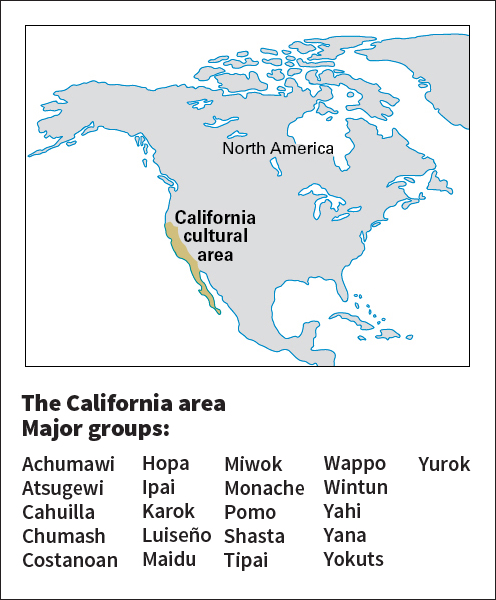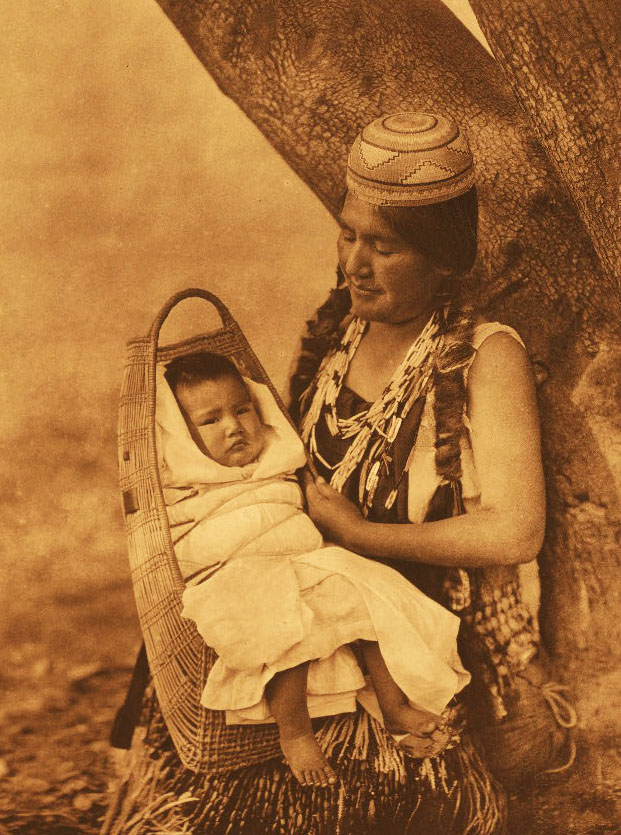Hupa, also spelled Hoopa, are a Native American people of northwestern California. Hupa people have lived along the Trinity River in the Hoopa Valley for thousands of years.

About 1,000 Hupa lived in northwestern California by the late 1820’s, when European fur traders first contacted them. Because of the region’s rich food resources, the Hupa did not have to travel far to find food. This fact enabled them to settle in permanent villages. They hunted animals and gathered wild plant foods. Salmon fishing served as an especially important means of gathering food. Extended families lived in sturdy rectangular houses built of redwood planks.

Hupa people speak a language in the Athabascan language family. This widespread and ancient language family includes the languages of several tribes of northwest Canada and Alaska related to the Hupa. It also includes languages of tribes in the American Southwest, including Navajo and Apache.
Settlers and gold miners rushed to California by the 1850’s, displacing many Hupa from their traditional lands. In 1864, the Hupa signed a treaty of peace and friendship with the United States government. However, the U.S. Congress never ratified the treaty. In 1876, President Ulysses S. Grant signed an order making Hupa lands a reservation. Today, about 3,000 Hupa live in the United States, mostly in California.
